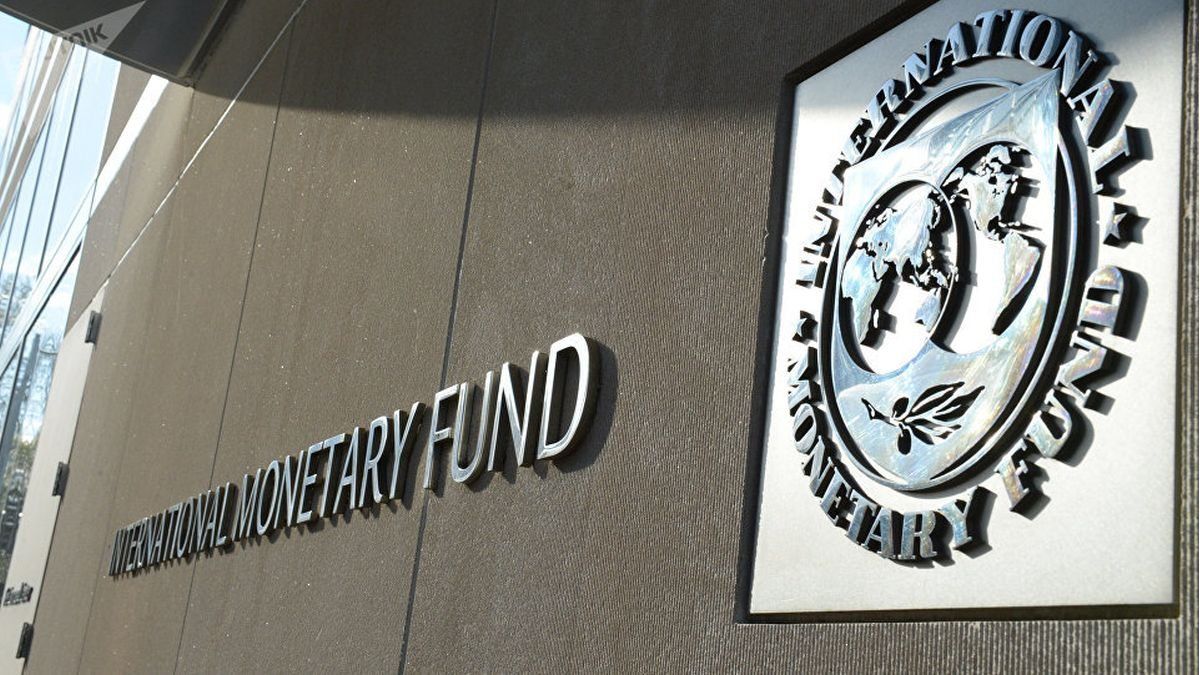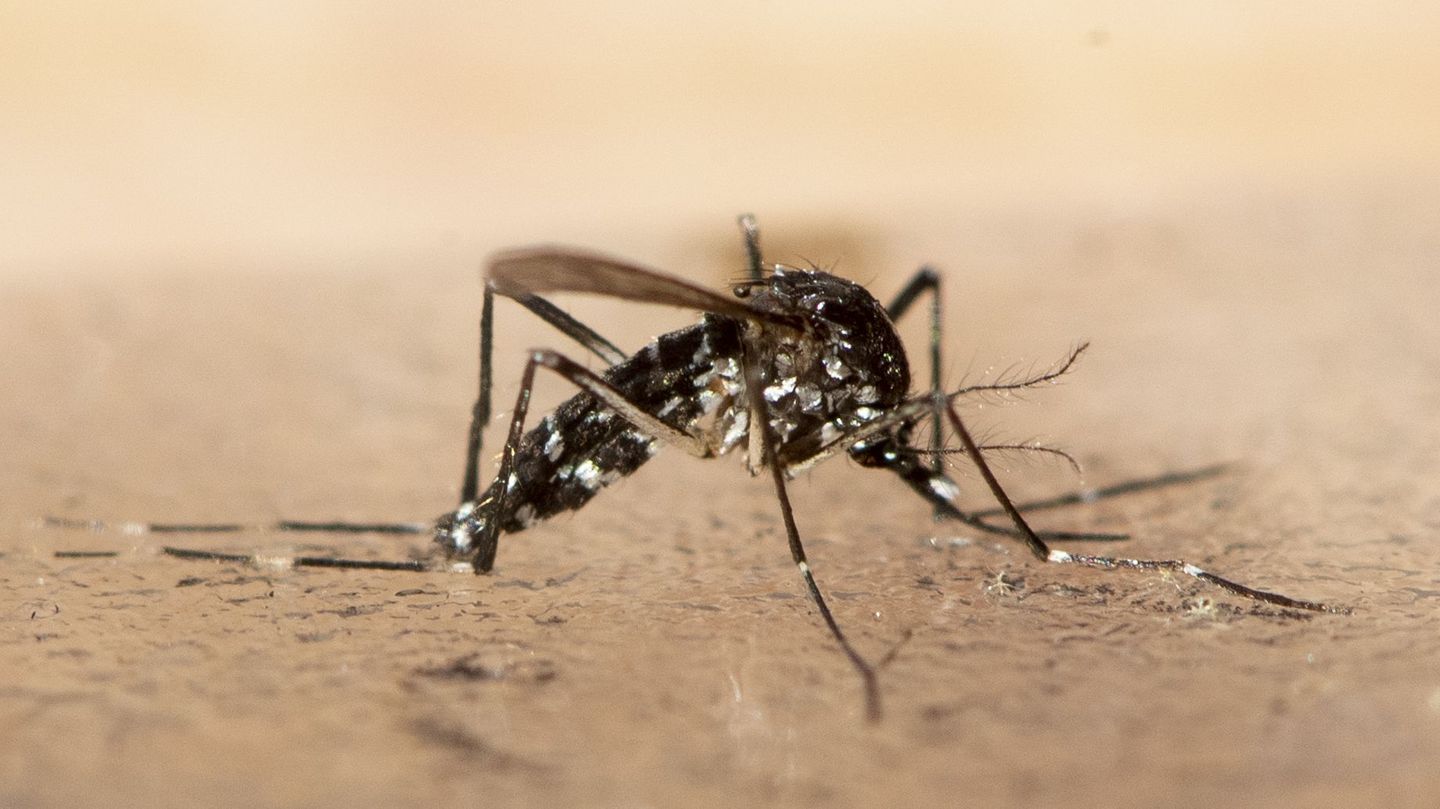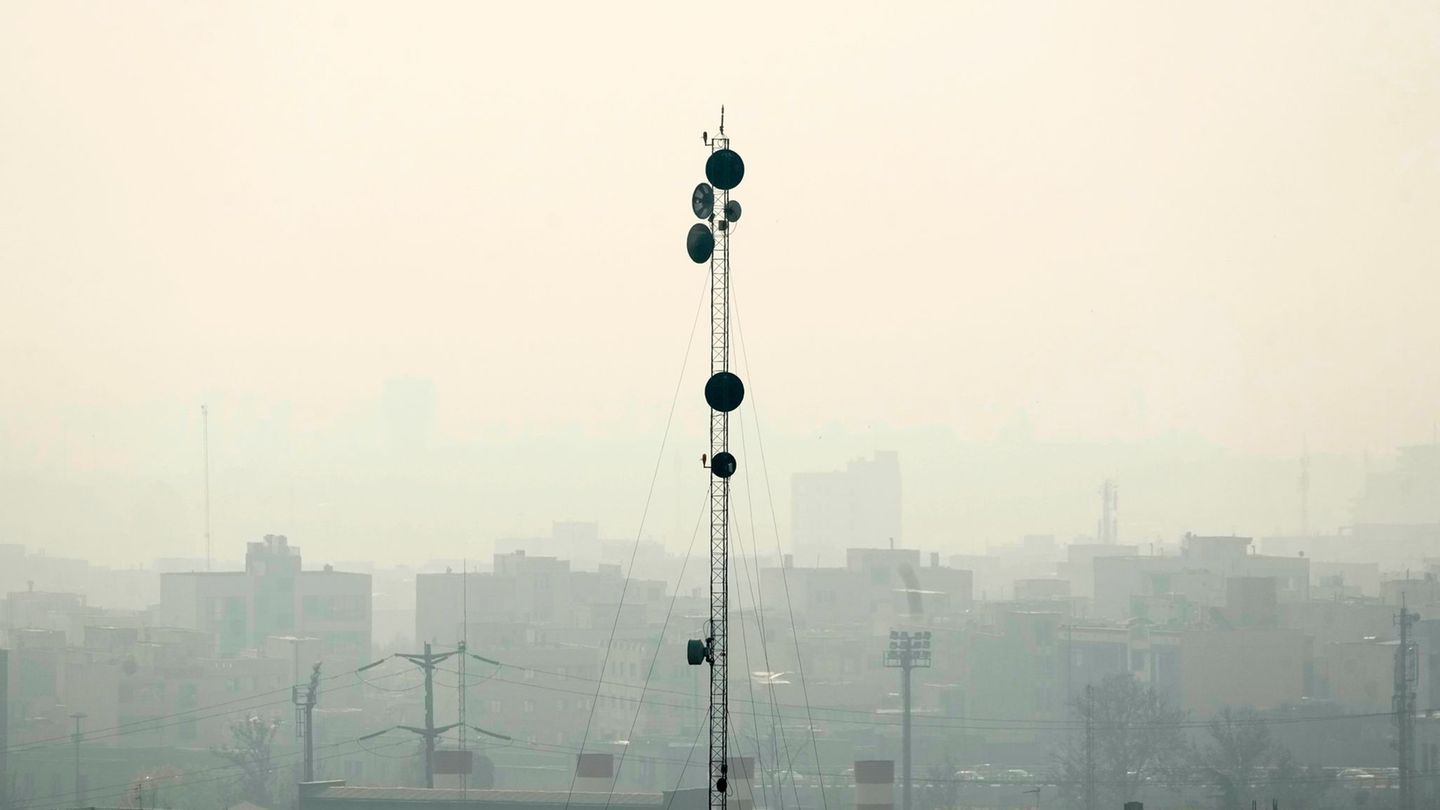The spring meetings of the IMF and the World Bank (WB) will begin on Thursday, after the publication on Tuesday of the world economic growth forecasts, in the midst of multiple crises and an economy under pressure.
The forecast report (WEO) will kick off the meetings at the headquarters of the two organizations in Washington, but the general director of the IMF, Kristalina Georgieva, has already given an idea of the numbers that are drawn on the horizon, with a world economic growth below 3% this year.
no surprise: already in the last update of perspectives, in January, the IMF forecast growth of 2.9%, and at the end of March, the WB was even more pessimistic, with data of 2.2% annual expansion on average until 2030 , the weakest decade in more than 40 years.
“Global growth should be weak this year, at 2%,” outgoing World Bank President David Malpass said Monday during a telephone press conference. It is also a slightly higher estimate for 2023, since in January the bank forecast 1.7% for the current year.
But it’s the longer-term forecasts that look most negative: The IMF expects global economic growth to average no more than 3% a year through 2028. This is “our weakest medium-term outlook since 1990.” Georgieva argued.
This is a significant slowdown as the world faces a series of unprecedented challenges, including the consequences of global warming, the risks of fragmentation of world trade for geopolitical reasons, and the eventuality of a generalized debt crisis.
To face these challenges, many countries – including the world’s greatest power, the United States – are calling for a reform of the international financial institutions (IFIs).
world bank.webp
In an interview with AFP, Treasury Secretary Janet Yellen recalled that she “wants a reform of the tasks” of these organizations, particularly the World Bank and its subsidiaries, to add the promotion of “resilience to climate change , pandemics and conflicts as core missions”.
“We want to carry out other reforms during the rest of the year. That will be part of the talks during the next IMF meetings as well as the annual meetings of the IMF and the World Bank in Morocco,” next October, Yellen added.
This evolution should begin with the regional investment banks and the World Bank itself, under the direction of its next president, who will surely be the US candidate Ajay Banga, the only candidate.
These are changes that would have to happen quickly: the ecological transition of emerging and low-income countries requires at least 1 trillion dollars per year, sKristalina Georgieva argued, a sum that the IFIs do not have today to distribute.
“Our wealthiest members will need to help fill the gap” in fundraising, he insisted. Banga wants to involve the private sector if he becomes head of the WB.
During the spring meetings, the topic of the recent turmoil in the banking sector and the risk of destabilization of the financial sector should the fight against inflation lead central banks to further raise their interest rates will also be present.
Malpass recalled the “long-term risks caused by the gap between the assets with a zero rate of the last decade and those of the last few months, after the rate hike”, a situation that requires time to be “digested” in a context of persistent inflation and a weak dollar.
Lowering inflation is the priority, Georgieva insisted Thursday, but central banks “must do more to ensure financial stability.”
Steadily rising interest rates put low-income countries closer to the risk of a debt crisis. This is already the case for 15% of them, said the head of the IMF, and another 40% could have this problem.
Source: Ambito




